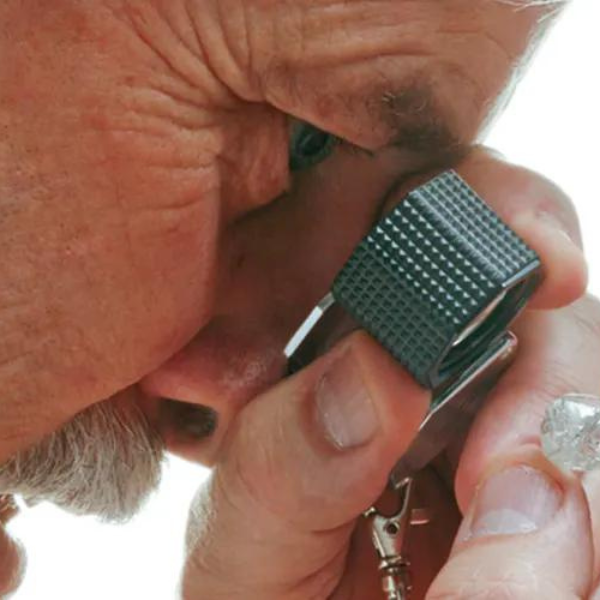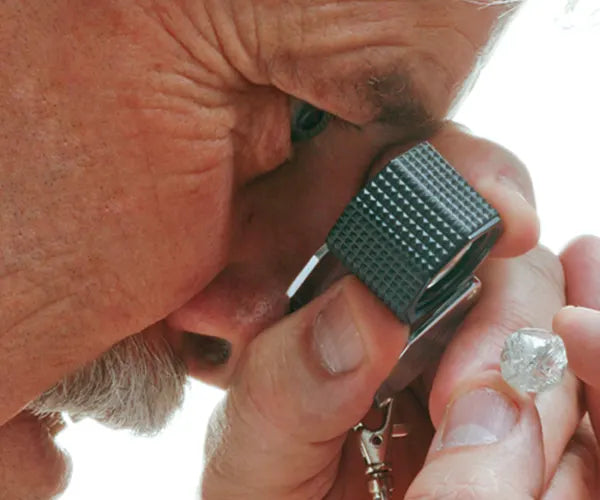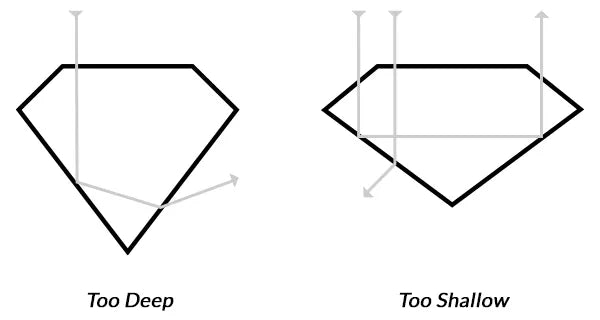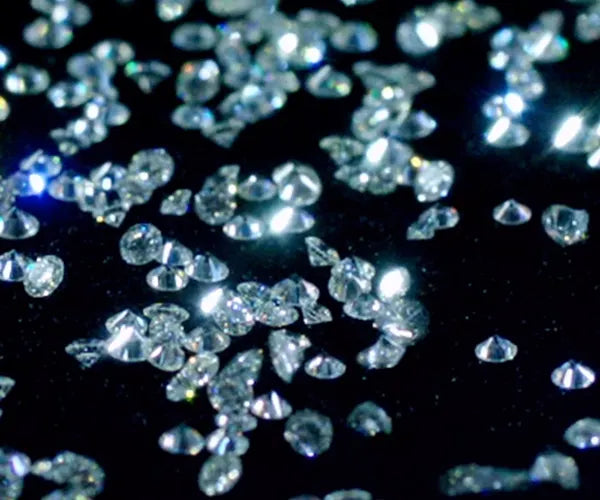
What makes your new diamond so special? Yes, your significant other selected it just for you. Yes, it’s the stone you’ll pass down to your children. But, the fact that the diamond even exists is enough to really boggle your mind. Check out these five fascinating facts about your new gem that are sure to impress your friends.
 Photo Credit: Hearts On Fire
Photo Credit: Hearts On Fire
They Take Over a Billion Years to Form
A diamond needs 1 to 3 billion years to form (give-or-take a million years). But, it’s not just the incubation period that's needed. It’s a unique combination of temperature and pressure. The heat comes from the core of our planet, and the pressure comes from the rock bearing down above. Volcanic eruptions from tens of millions of years slowly bring raw diamonds to the upper mantle of the Earth. After a couple billion years of evolution, the diamonds begin to form at a (not-so-easy-to-get-to) 100 miles down.
 Photo Credit: Hearts On Fire
Photo Credit: Hearts On Fire
They Weren’t Always Bright and White
The ability to cut and polish diamonds as you see them today only began about 100 years ago. Before that, harsh methods and rough estimations meant that diamonds were set in jewelry as cloudy as they were originally found in nature. After the middle ages, cuts like Old European, Old Mine, and Rose were the most popular across the world. Diamonds were measured by sight and cut by hand. You can still see some of these in our estate collection, and while you’ll notice that they are as beautiful as the cuts of diamonds you see today, but not quite as radiant and white.

A Diamond's Depth Impacts It's Size
You likely know that the cut of a diamond is a big contribution to the overall size because it determines how light is diffused throughout the stone. If the cut is too shallow, light will escape from the bottom and you'll lose those dramatic reflections that make other stones pop. If the cut is too deep, the stone will looks lack luster and dark. Too deep of a cut will also take away from the width of the stone which decreases the physical size.
 Photo Credit: Hearts On Fire
Photo Credit: Hearts On Fire
Diamonds Weren't Always Measured in Carats
“Carat weight” is a name that actually comes from from the seed of the carob tree. This tree, that’s native to the Mediterranean area, has been harvested for nearly 4000 years. The seeds of the tree have quite an interesting quality - they are always uniform in size. Carob seeds became the standard for weighing diamonds and other gemstones. When the gemstones were on the scale, their weight was calculated in carob seeds, or “carobs” and the more seeds on the scale meant a more valuable gem. In 1907, the Fourth General Conference on Weights and Measures endorsed the Metric Carat as the official measurement for gemstone weights.
 Photo Credit: Sothebys
Photo Credit: Sothebys
While White is the Most Common Color, It Isn't the Most Expensive
Because diamonds are so hard and compact, impurities almost never penetrate the surface. But, when it does happens, the result is an amazing array of colors. The probability of finding a diamond is already slim but to find a colored diamond is even slimmer. The color in yellow or brown diamonds is caused by nitrogen impurities. The color in blue diamonds is thanks to boron. The color in pink and red diamonds is the result of a deformation in the architecture. The color in red diamonds are without a doubt the rarest of them all. The largest one that has ever been discovered is a mere 5 carats. Quite small when compared to the current record-holding 500 carat cut white diamond. However, the most expensive jewel ever purchased was earlier in 2017, when Sotheby’s sold a massive pink diamond weighing in at 59.60 carats fetching a staggering $71.2 million.
So, in case you had any doubt, you have a pretty amazing freak of nature on your left hand...


